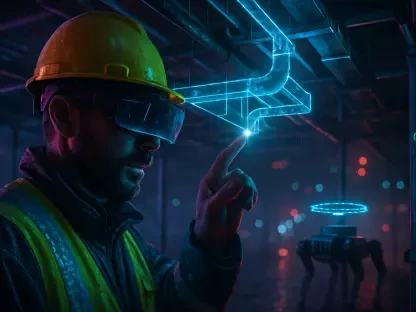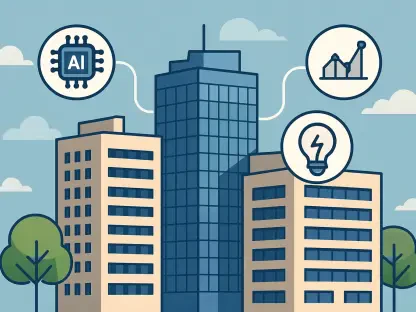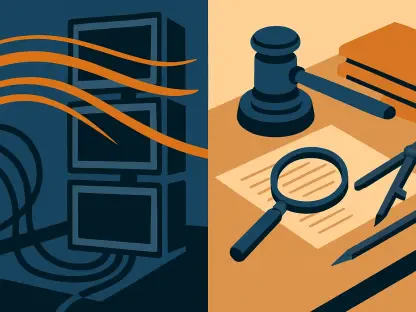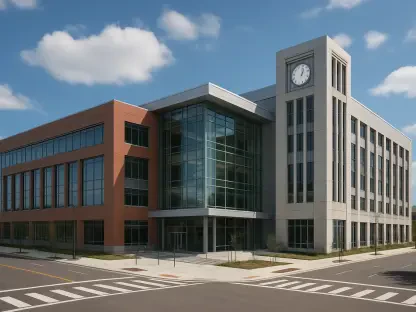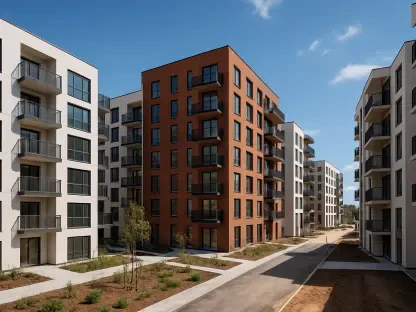In an age where sustainability and environmental consciousness are gaining increasing traction, property owners face the dual challenge of enhancing asset value while meeting ecological standards. The necessity to upgrade existing buildings with energy-efficient retrofits has become a focal point in contemporary real estate strategies. These upgrades not only promise enhanced property value through improved ratings like NABERS and Green Star but also align with growing tenant demand for eco-friendly living and working spaces. As property stakeholders grapple with financial constraints and green obligations, finding a balance is integral to success in today’s market. The ability to maximize productivity while being resource-conscious is now at the forefront of industry discussions, merging economic interests with planetary sustainability.
The critical importance of energy-efficient retrofits is underscored by emerging trends in the property market. Environmental awareness is driving tenant decision-making, and buildings boasting high sustainability credentials can secure both higher occupancy rates and rental incomes. This dynamic pushes landlords to reconsider their investments in retrofitting projects despite the initial financial outlay and potential tenant disruption. Moreover, the intricate dance between capital investment, environmental impact, and tenant satisfaction reflects broader societal priorities. External funding sources, like the Clean Energy Finance Corporation’s (CEFC) substantial financial backing, play a pivotal role in determining a project’s viability. With its $12 billion commitment to supporting sustainable industries, the CEFC has become a significant influencer, catalyzing change and aiding property owners in overcoming financial hurdles that might otherwise stall eco-upgrade plans.
Strategies to Enhance Property Value
Boosting property value through energy-efficient retrofits requires strategic planning and careful consideration of various factors, including cost, tenant relations, and long-term property sustainability. One of the pressing matters is addressing the split incentive dilemma, where property owners undertake costly eco-upgrades yet tenants often reap the primary advantages through reduced utility bills. This challenge can be mitigated through creative lease structures that distribute benefits equitably, ensuring both parties have a vested interest in the property’s ecological enhancements. Financial incentives and rebates also have the potential to tip the balance in favor of retrofitting projects, making them attractive investments for property owners.
Furthermore, the integration of cutting-edge technology can significantly bolster productivity and energy efficiency in retrofitted buildings. Smart systems for monitoring energy use, for instance, can offer real-time insights, allowing for optimal resource management and cost savings. Such technologies not only generate immediate financial benefits but also future-proof buildings against upcoming regulatory changes and growing consumer demand for greener homes and offices. By leveraging these advancements, property owners can ensure their investments yield significant returns both in terms of property valuation and tenant satisfaction. Strategic collaborations among property owners, tenants, and policymakers are crucial for navigating the modernization and decarbonization journey.
Motivation and Market Dynamics
The motivation behind undertaking energy-efficient retrofit projects is multifaceted, driven by a combination of regulatory pressures, financial incentives, and burgeoning tenant demand for sustainable spaces. As environmental regulations continue to evolve, property owners are compelled to adapt, lest they risk falling behind competitors in attracting and retaining tenants. Beyond regulatory compliance, there is a market-driven incentive, with properties showcasing superior sustainability credentials famously viewed as more desirable, commanding higher rents and property values. This demand shift has created a compelling business case for energy-efficient upgrades, encouraging property owners to prioritize them despite more pressing short-term financial considerations.
The task of managing tenant relationships during retrofitting projects cannot be understated. While the initial stages of a retrofit can inconvenience tenants, clear communication and strategically planned downtime can help manage expectations and maintain tenant retention. Additionally, the benefits of reduced energy bills, improved living conditions, and enhanced property aesthetics often outweigh initial disruptions, further incentivizing tenants to support the retrofitting initiative. The shift toward sustainability in the real estate market highlights a broader societal transformation, pushing property stakeholders to align with these changes. This alignment ensures that the financial and environmental benefits of energy-efficient retrofits are maximized, with longer-term gains beneficial for landlords and tenants alike.
A Future of Sustainable Property Management
In today’s world, where sustainability and environmental awareness are becoming increasingly important, property owners face the challenge of boosting property value while adhering to ecological standards. Upgrading buildings with energy-efficient retrofits is now a key strategy in real estate. These upgrades enhance property values by improving ratings such as NABERS and Green Star, meeting growing tenant demands for eco-friendly environments. Property stakeholders must balance financial constraints with sustainability goals to succeed in the current market. Maximizing productivity while conserving resources is at the forefront of industry discussions, merging economic and environmental goals. The rise of energy-efficient retrofits reflects emerging property market trends. Tenant decisions are increasingly driven by environmental considerations, and sustainable buildings can achieve higher occupancy rates and rental incomes. Landlords are encouraged to invest in retrofits despite upfront costs and tenant disruptions. External funding, like the Clean Energy Finance Corporation’s (CEFC) $12 billion commitment, significantly influences project feasibility, helping property owners surmount financial barriers to eco-upgrades.



